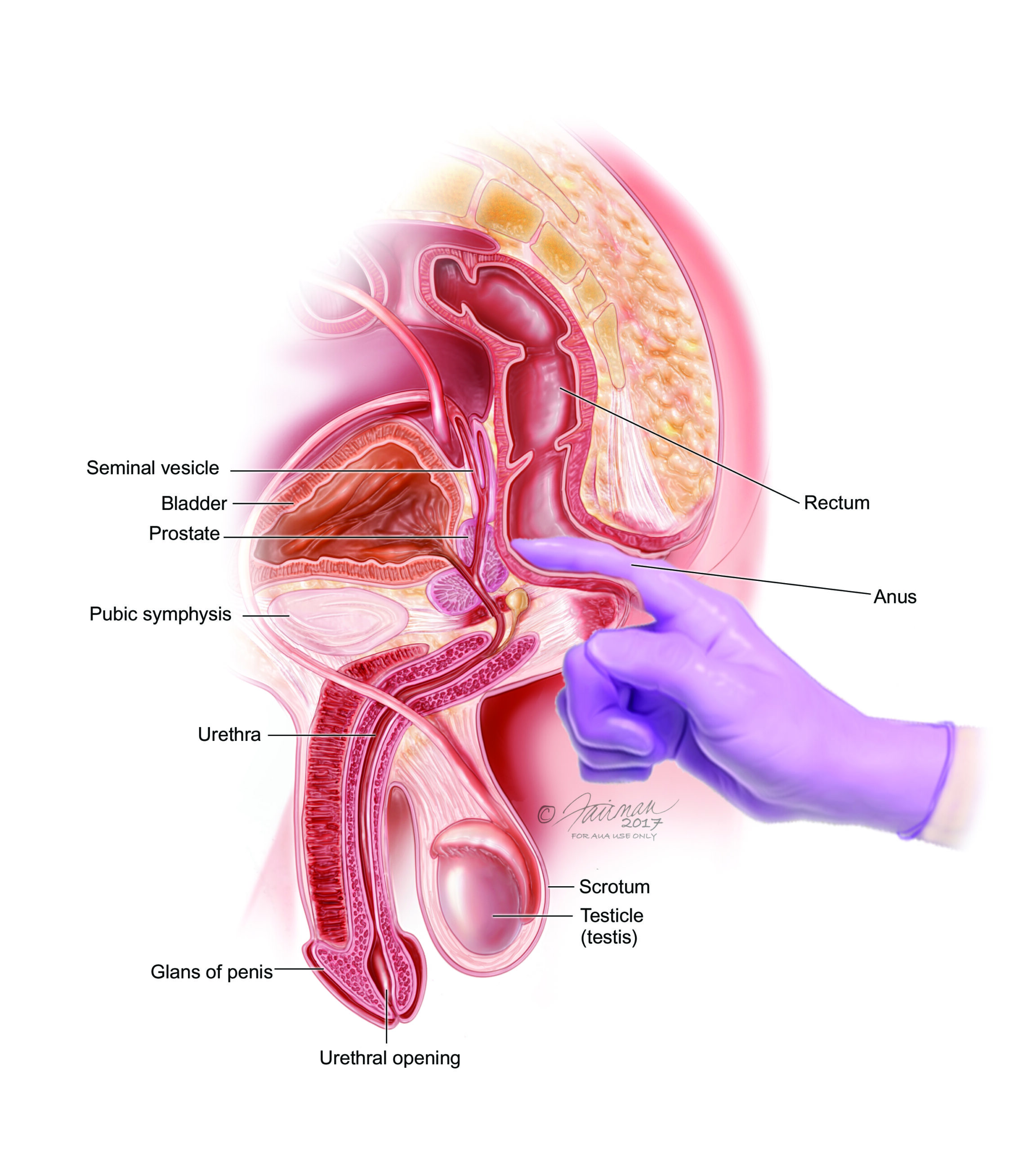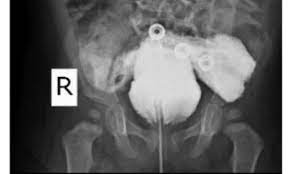New research suggests regularly masturbating could help men reduce their risk of prostate cancer. A recent study found that men who ejaculate at least 21 times per month may lower their chances of prostate cancer by up to a third.
The study, published in European Urology, followed 31,925 men over 18 months and linked frequent masturbation with decreased prostate cancer risk, similar to the benefits of exercise and healthy eating. Researchers believe regularly clearing out toxins from the body through ejaculation offers protective effects.
This adds to a growing consensus around the health benefits of masturbation for men. Despite viral movements like No Nut November that promote abstinence, urologists argue there is no evidence that refraining from masturbation improves physical or mental wellbeing.
Dr. Rena Malik previously told Insider that research shows masturbation reduces stress and prostate cancer risk. She cited a 2016 study finding men under 50 who ejaculated over 21 times monthly had lower prostate cancer diagnoses.
While some claim masturbation hurts athletic performance, Malik dismissed this as unfounded. Instead, the newest research makes it clear that enjoying masturbation frequently could be an important part of self-care for men, with tangible impacts on health.
So while periodic abstinence challenges may seem fun, the science shows masturbating regularly well into one’s 40s could truly save lives by decreasing prostate cancer risk. For optimal health, striving for 21+ monthly masturbation sessions appears the way to go.




